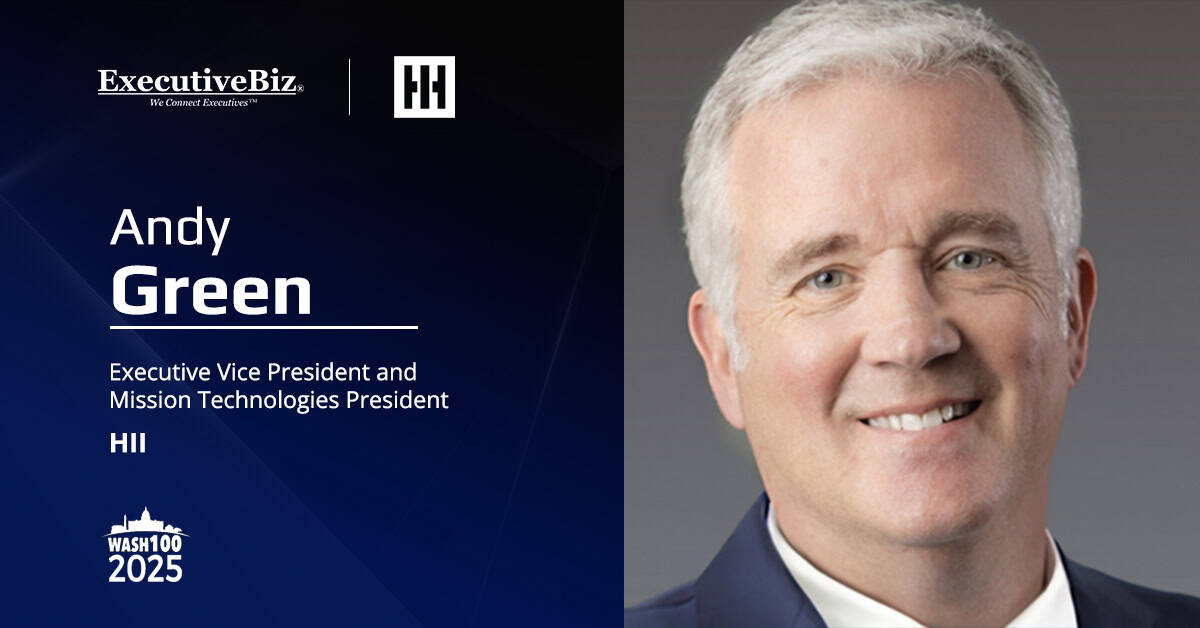The Department of Defense should enforce existing open architecture requirements to accelerate weapons development and reduce program costs, said Andy Green, executive vice president and president of HII’s mission technologies division, in an opinion piece Defense One published Thursday.
Green, a seven-time Wash100 Award winner, argued that the Pentagon’s modular open systems approach, which requires major warfighting programs to use open standards, remains underused despite being established by law and supported by the Office of the Secretary of Defense.
He warned that without MOSA enforcement, both legacy contractors and new entrants risk creating proprietary systems that slow innovation and increase costs.
What Is the Modular Open Systems Approach?
MOSA establishes clearly defined interface standards that allow modular hardware and software components to be replaced or upgraded without redesigning entire systems. According to Green, the model enables faster modernization, lowers sustainment costs and improves interoperability across platforms and services.
Citing HII’s experience with its REMUS unmanned underwater vehicles and Odyssey autonomy systems, the executive said modular design allows for the integration of new sensors, software or payloads in weeks or months rather than years.
He added that MOSA could help the military move from periodic system upgrades to continuous modernization, where multiple vendors compete to supply modular improvements rather than relying on a single contractor for full redesigns.
How Could MOSA Support Modern Warfighting Needs?
Green said modular systems allow for faster reconfiguration in combat environments, enabling forces to swap sensors or electronic warfare modules within hours. Open architectures can also improve cybersecurity by enabling quicker patching of vulnerabilities and the integration of advanced monitoring and response tools, and facilitate interoperability across the services and allied forces — a key objective of the DOD’s Combined Joint All-Domain Command and Control initiative.
What Changes Does Green Propose?
Green called for every new acquisition program to include a MOSA road map with specific milestones and contract enforcement mechanisms. He said all non-proprietary interface requirements should be contractually mandated and flowed down to subcontractors.
He also urged greater participation in open standards consortia to align industry and government on non-proprietary architectures that encourage competition and innovation.





